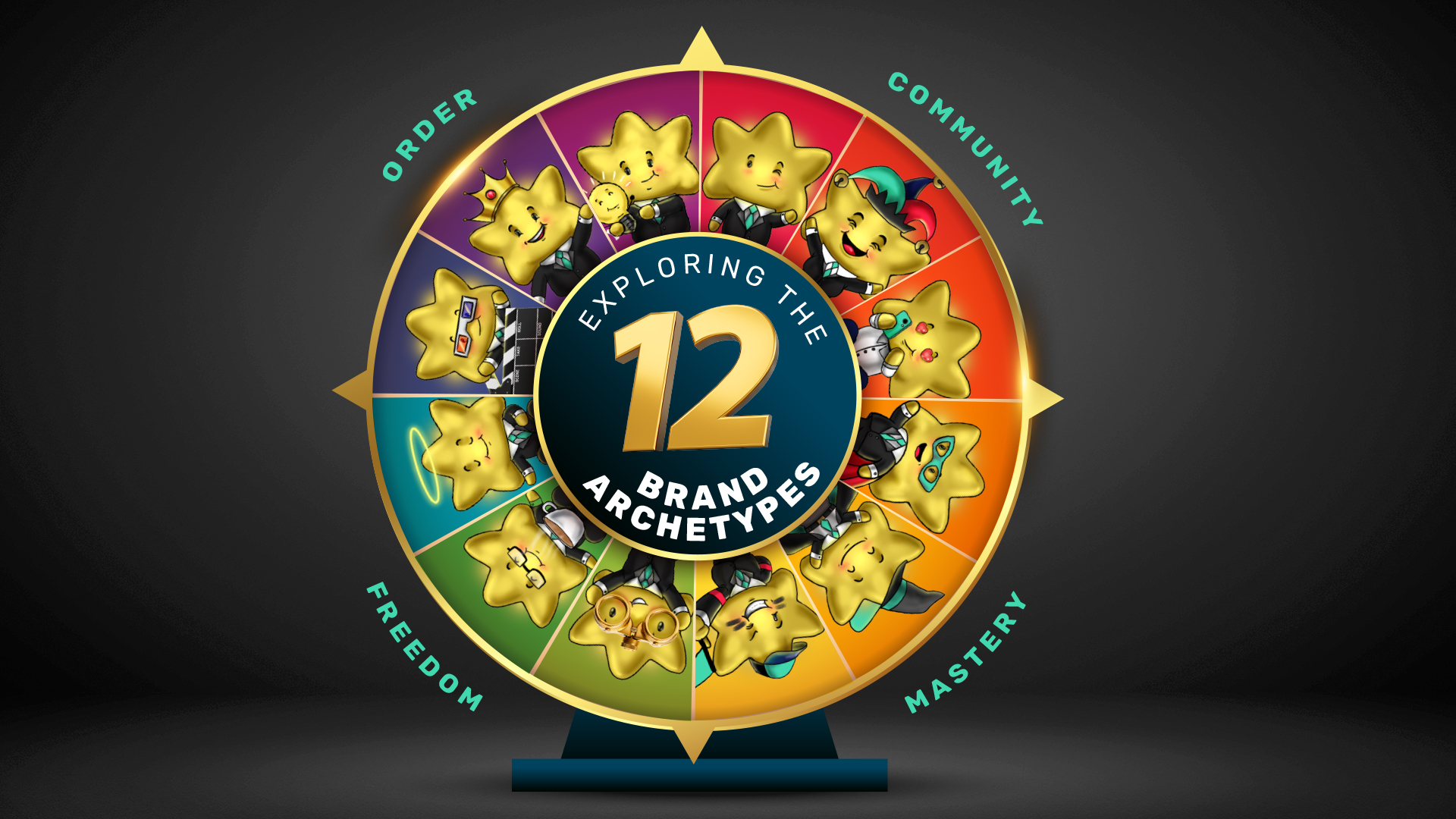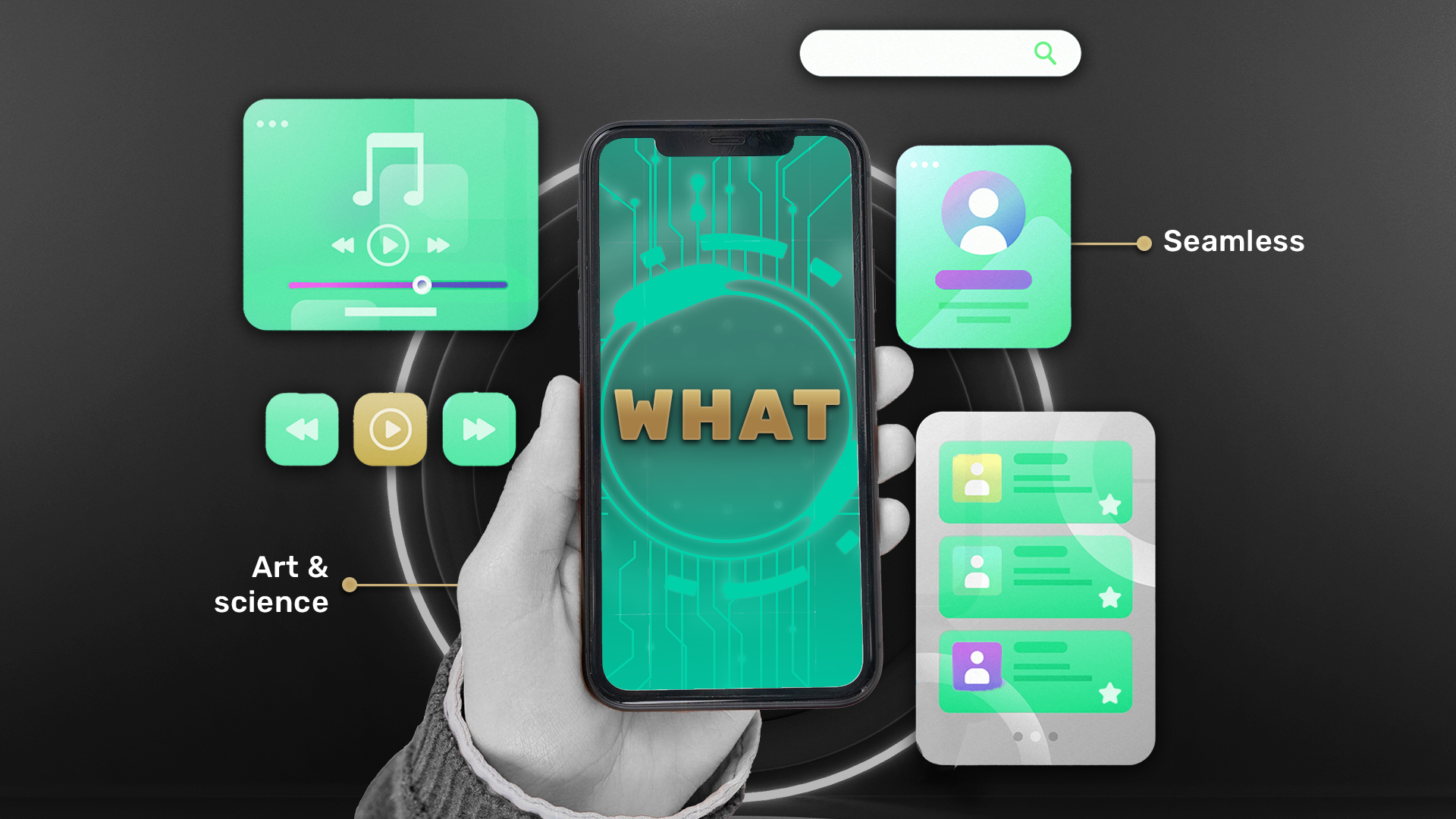
A guide to Build a strong brand identity- 12 archetypes
In the ever-evolving landscape of business, developing a brand identity is crucial. One effective way to achieve this is through the use of brand archetypes.

In the ever-evolving landscape of business, developing a brand identity is crucial. One effective way to achieve this is through the use of brand archetypes.

In today’s competitive market, effective packaging design is crucial for catching the consumer’s eye and creating a memorable brand experience. Whether you are launching a

In today’s highly competitive market, branding matters for your business. It’s is not just a necessity but a strategic tool to becoming a recognized .

In the world of branding, creating a strong, memorable brand identity is crucial. One effective way to achieve this is through a mascot. Think about

User Experience Design: Creating Seamless Interactions UX design, or user experience design, is the art and science of crafting products and experiences that facilitate users
Icons are the unsung heroes of the design world. These small, yet powerful elements are everywhere in our daily digital interactions, from apps to websites

Introduction In the dynamic world of business, the significance of Event Management, Corporate Events, Product Launch & Brand Growth cannot be overstated. They serve not

Introduction In today’s rapidly digitising world, having an online presence is no longer merely an option for businesses; rather, it’s an essential part of staying

Due to the pandemic online shopping has blown up around the world. E-commerce plays a huge role. Therefore, it is vital to have captivating product

Digital marketing has rapidly grown in the last few years and social media has become more than just a way to connect with friends. On
Registered Address - 704, G3, Rashmi Starcity, Juchandra Road, Naigaon East, Mumbai 401202
Copyright 2022 © All Right Reserved Design by Super Smart Magic Productions LLP